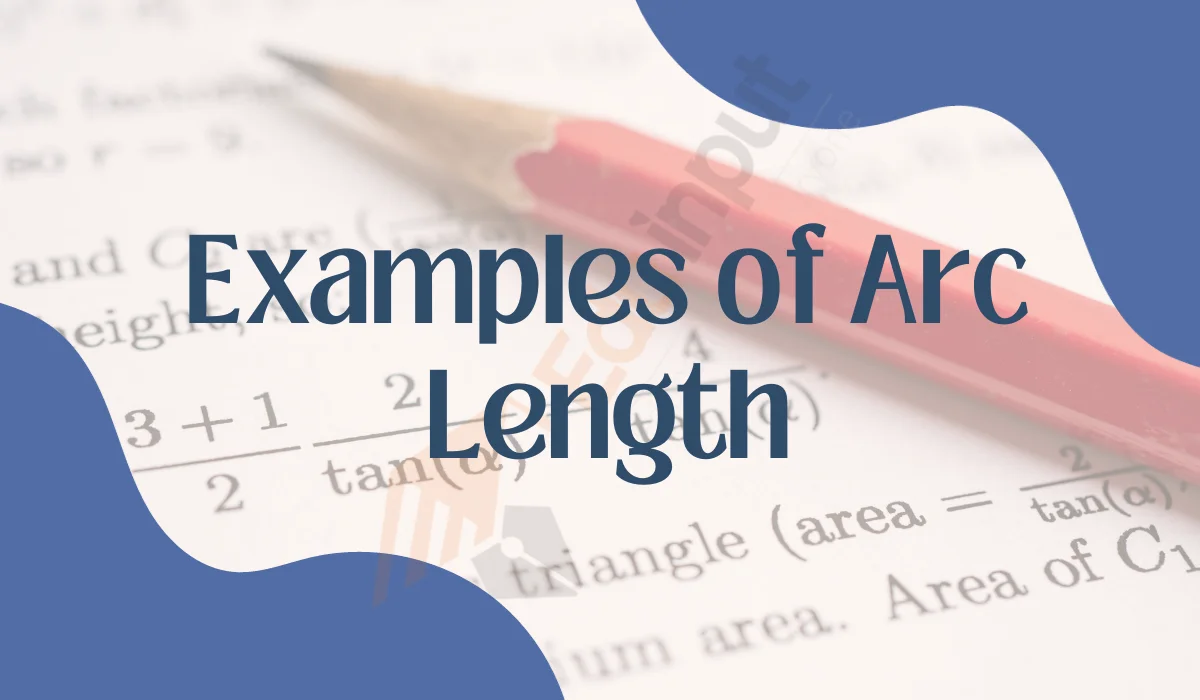10 Examples of Constants of Proportionality
In mathematics, Constants of Proportionality, often represented by the symbol “k,” play a critical role in expressing proportional relationships between variables.
These constants define how one quantity changes concerning another in various mathematical contexts.
In this article, we will discuss 10 Examples of Constants of Proportionality in mathematics, highlighting their significance in solving problems and understanding mathematical relationships.
Examples of Constants of Proportionality
1: Speed and Time
In the formula distance = speed × time, the constant of proportionality is the speed “k.” It represents the rate at which distance changes concerning time.
2: Distance and Time
The relationship between distance and time, as seen in d = rt, involves the constant of proportionality “r,” which signifies the speed at which distance is covered in a given time.
3: Area and Side Length
In the context of a square, the area “A” is proportional to the square of its side length “s.” The constant of proportionality in this case is “1,” as the area is directly equal to the side length squared: A = s².
4: Volume and Edge Length
For a cube, the volume “V” is proportional to the cube of its edge length “e.” The constant of proportionality here is also “1,” as the volume is directly equal to the edge length cubed: V = e³.
5: Force and Acceleration
In Newton’s second law of motion, F = ma, the constant of proportionality “k” is the mass “m.” It determines how force changes concerning acceleration when a constant mass is involved.
6: Voltage and Current
In Ohm’s law, V = IR, the constant of proportionality “k” is the resistance “R.” It represents how voltage relates to current in an electrical circuit.
7: Pressure and Temperature
In the ideal gas law, PV = nRT, the constant of proportionality “k” is the gas constant “R.” It signifies how pressure and temperature are related in an ideal gas.
8: Concentration and Solution Volume
When diluting a solution, the concentration “C” is inversely proportional to the volume “V” of the solution. The constant of proportionality “k” depends on the specific substance and its properties.
9: Gravity and Mass
In Newton’s law of universal gravitation, F = G(m₁m₂)/r², the constant of proportionality “k” is the gravitational constant “G.” It governs the strength of the gravitational force between two masses.
10: Income Tax and Income
Income tax calculations involve a constant of proportionality in the form of tax rates. Different income levels are subject to varying tax rates, representing how tax liability relates to income.
Constants of proportionality are essential tools in mathematics, helping us understand and quantify relationships between variables in various fields, from physics and engineering to finance and chemistry.







Leave a Reply